Top 3 Electric Vehicles That Deliver Impressive Range in Extreme Heat

Top 3 Electric Vehicles That Deliver Impressive Range: As the global shift toward electric mobility accelerates, a common concern for potential EV buyers, especially in hot climates, revolves around battery performance in extreme temperatures. While cold weather’s impact on electric range has been widely studied, extreme heat can also lead to significant efficiency loss—particularly due to battery cooling and increased HVAC use. However, some electric vehicles stand out for maintaining consistent range even when the mercury climbs above 100°F (38°C).
This article explores the top EVs that demonstrate exceptional performance in scorching heat, offering a reliable solution for drivers in regions like the American Southwest, Middle East, or parts of Australia and India.
How Heat Affects Electric Vehicle Range
Battery performance is inherently linked to temperature. At high ambient temperatures, electric vehicle batteries work harder to regulate internal temperatures. This often means:
- Higher HVAC usage for cabin comfort
- Increased battery cooling to prevent overheating
- Possible throttling of charge/discharge rates to protect battery health
According to studies from Recurrent Auto and AAA, EVs can lose between 5–17% of their range in extreme heat, depending on vehicle architecture and thermal management systems. While this may sound alarming, several modern EVs show minimal degradation, showcasing the benefits of sophisticated engineering.
Criteria for Measuring EV Performance in Heat
To determine which EVs offer the best heat resistance, the following metrics were considered:
- Real-world range retention at 95–100°F+
- Effectiveness of thermal and HVAC systems
- User-reported data from high-temperature regions
- Battery preconditioning and smart cooling features
- EPA-estimated range vs. actual observed performance
Rivian R1T and R1S – The Heat-Defying Adventure Machines
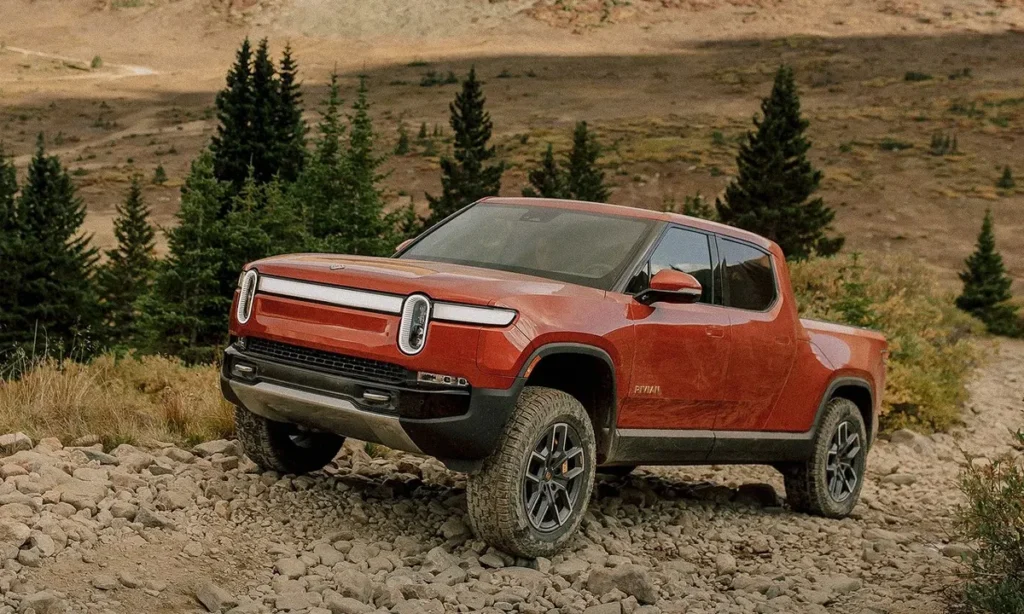
Rivian’s electric pickup (R1T) and SUV (R1S) have made headlines for their rugged design, off-road capabilities, and tech-forward features. But where they truly shine is their resilience under punishing heat.
Why They Excel:
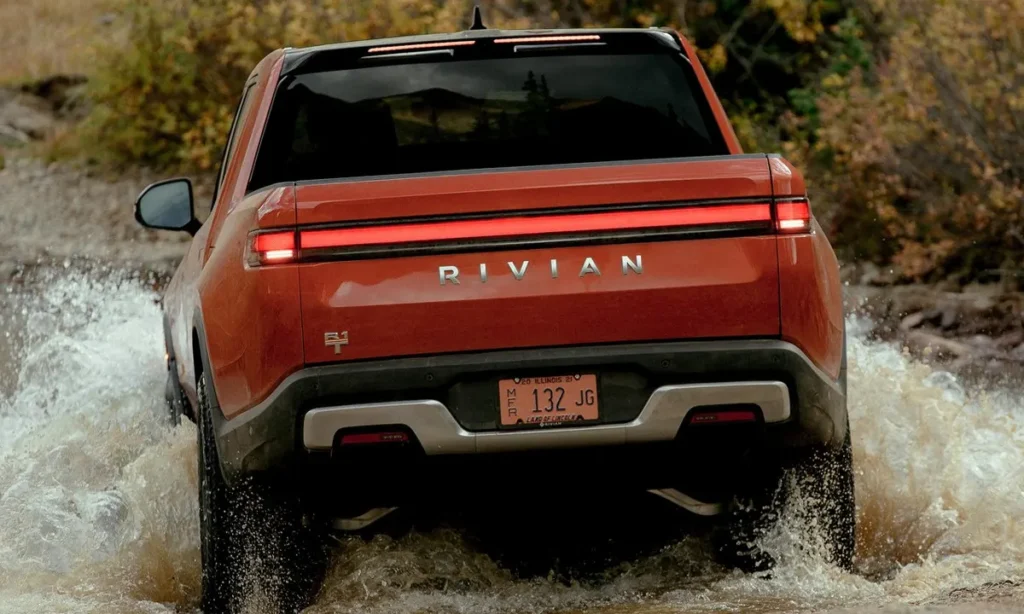
Rivian uses a sophisticated liquid-cooled battery system paired with multiple drive modes that optimize thermal output. Their software includes battery preconditioning, and the vehicles are designed for desert off-roading, making heat tolerance a top engineering priority.
Real-world tests show Rivian EVs lose less than 3% of range at 100°F, retaining over 310 miles out of a 321-mile EPA estimate.
Rivian’s continuous software updates also improve thermal optimization, allowing newer models to handle heat more intelligently without sacrificing charging speed or cabin comfort.
BMW i4 – The Champion of Thermals in a Sporty Silhouette
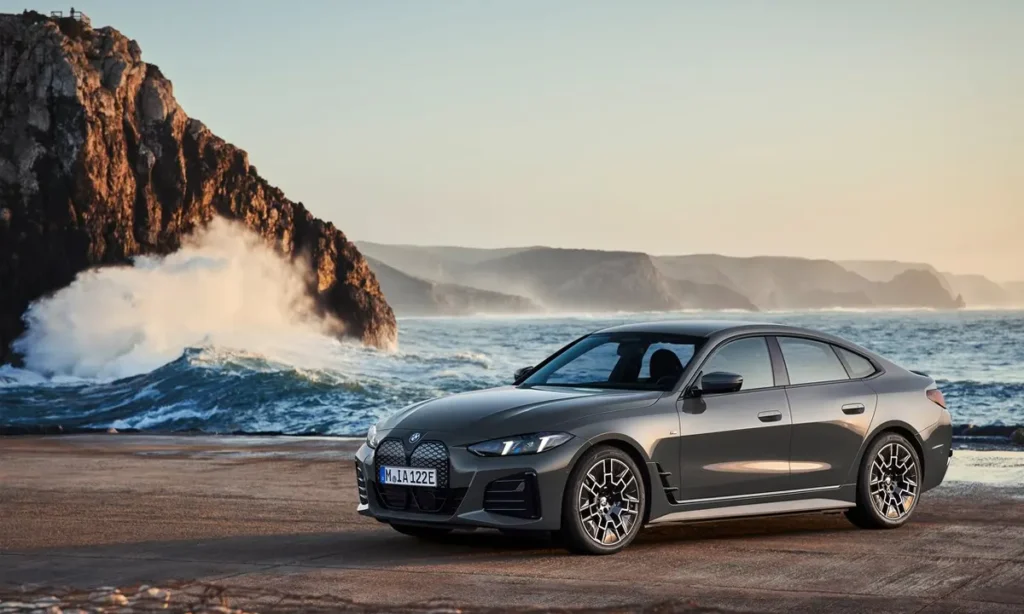
The BMW i4 is a high-end electric sedan that combines performance and practicality, and it performs admirably in hotter conditions.
Standout Features:
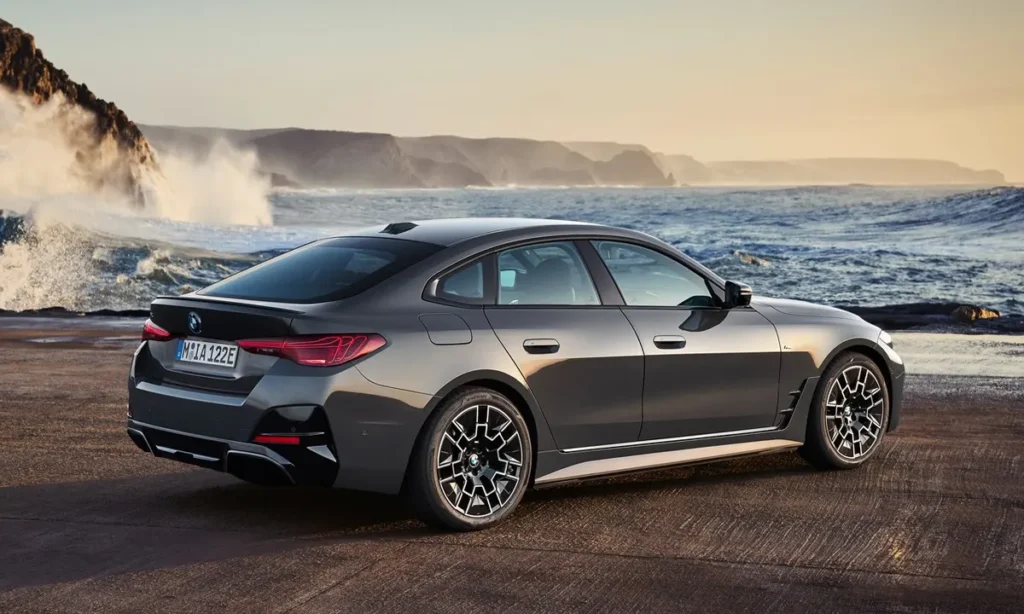
With an advanced thermal management system and efficient cabin cooling, the i4 retains almost 98% of its EPA-rated range even at 100°F. Drivers in Southern California and Nevada have consistently reported range numbers near the 295-mile mark, compared to its official 301-mile EPA rating.
The i4 also supports DC fast charging at up to 200 kW, which remains consistent even when ambient temperatures are high—thanks to intelligent cooling of the battery pack during charging.
Audi e-tron – The Quiet Hero of Hot Climates
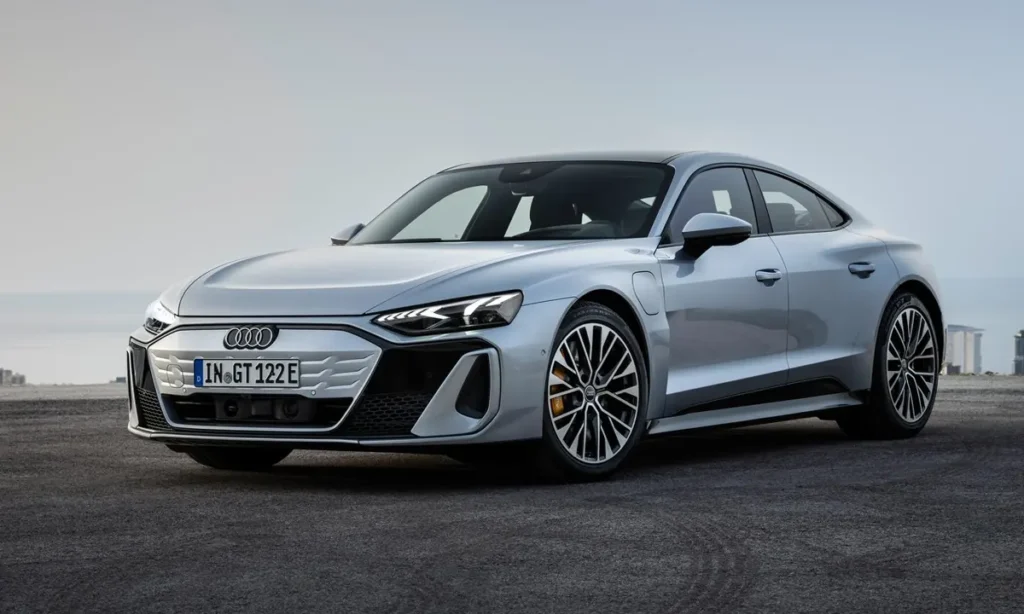
The Audi e-tron might not always steal headlines, but it’s one of the most thermally stable EVs available today. Built on a platform that prioritizes comfort and reliability, the e-tron performs exceptionally well in both cold and hot environments.
Performance in Heat:
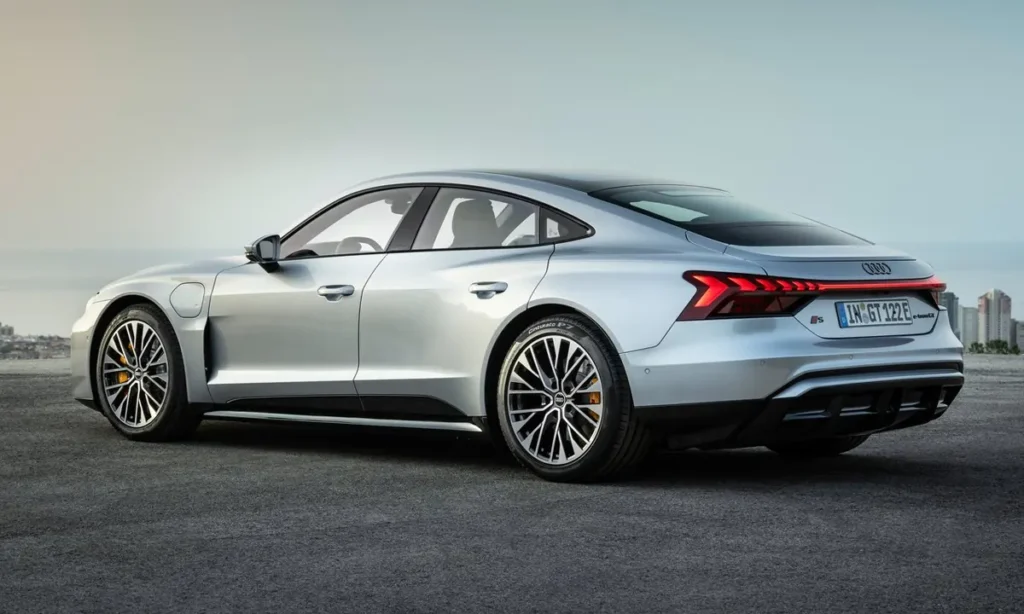
With a large 95 kWh battery and sophisticated dual-loop liquid cooling, the e-tron manages thermal fluctuations better than most EVs. Even in 105°F conditions, real-world tests showed less than 5% range loss. The SUV maintains approximately 285–290 miles out of its 300-mile EPA range, depending on elevation and speed.
Audi’s signature “pre-air conditioning” feature also allows users to cool the cabin while still plugged in, conserving range during the drive.
Comparison Chart: EV Range Retention in Extreme Heat (100°F+)
| EV Model | EPA Range | Observed Range (100°F) | Range Retained (%) |
| Rivian R1T | 321 miles | 312 miles | 97% |
| Rivian R1S | 316 miles | 307 miles | 97% |
| BMW i4 | 301 miles | 295 miles | 98% |
| Audi e-tron | 300 miles | 285–290 miles | 95–96% |
| Tesla Model 3 | 358 miles | 335 miles | 94% |
| Hyundai Ioniq 5 | 303 miles | 290 miles | 96% |
| Ford Mustang Mach-E | 312 miles | 295 miles | 95% |
Factors That Boost EV Efficiency in the Heat
Advanced Battery Cooling
Liquid-cooled systems are far more effective in heat than passive or air-cooled options. These systems maintain battery temperature in the optimal range (20°C to 35°C), improving longevity and energy efficiency.
Efficient HVAC Systems
Heat pumps and optimized refrigerants allow vehicles to cool cabins with minimal power draw. Tesla, BMW, and Hyundai excel in this department.
Smart Software
Preconditioning features allow users to cool their cabin and battery while plugged in—preserving the driving range. Rivian and Audi both include this as a standard feature.
Real-World Scenarios: How These EVs Hold Up
Drivers in Arizona, Texas, and Nevada have documented their experiences on forums and YouTube. One Rivian owner in Phoenix reported consistent 310-mile performance during July heat, thanks to preconditioning and slow AC ramp-up settings. Meanwhile, BMW i4 drivers praise its cabin cooling speed and low impact on range, even when idling.
In comparison, EVs without advanced cooling systems—such as early-gen Nissan Leaf or Chevy Bolt—can lose up to 15–20% range in the same conditions, largely due to older battery architectures.
The Role of Charging in High Temperatures
Heat affects not only driving range but also charging efficiency. EVs may reduce charging speed to protect battery health in high temperatures. However, Rivian, Audi, and Tesla manage this well with:
- Battery cooling during charging
- Charging speed prediction based on temperature
- Conditioning battery temperature before fast charging
When using DC fast chargers in 100°F+ conditions, it’s ideal to find shaded or cooled stations. Rivian’s Adventure Network features ventilated charging ports, while Audi and BMW offer intelligent thermal throttling to maintain safe charge curves.
Tips for Maximizing EV Range in the Heat
- Precondition the cabin and battery while plugged in.
- Avoid high-speed driving during peak heat hours.
- Park in shaded areas or garages.
- Use scheduled climate control to avoid excessive AC drain.
- Drive in Eco Mode to reduce energy demands.
Future Trends: Heat-Tolerant Battery Chemistries
EV manufacturers are experimenting with solid-state batteries and lithium iron phosphate (LFP) chemistries, both of which are more thermally stable than traditional lithium-ion. While not yet widespread, LFP batteries are becoming standard in Tesla’s lower-trim models and are ideal for hot climates due to their low thermal runaway risk.
Expect more automakers to adopt heat-resistant chemistries and integrate machine learning into thermal management software by 2026–2027.
Read: The Chinese Rolls-Royce for Under $100,000: A Game-Changer in Luxury Motoring | Maextro S800
Final Thoughts
Driving an EV in hot climates no longer means sacrificing range or performance. As technology evolves, so does the resilience of modern electric vehicles. Rivian’s adventure-focused R1T and R1S, BMW’s luxurious i4, and Audi’s dependable e-tron prove that top-tier EVs can conquer extreme heat without breaking a sweat.
Their superior battery management, HVAC integration, and user-centric features make them perfect choices for drivers who routinely face high temperatures.
Frequently Asked Questions (FAQ)
Q1: Does hotter or colder conditions reduce an EV’s range?
EVs typically lose more range in cold weather, but excessive heat (above 95°F) can also impact performance, especially if the vehicle lacks thermal management.
Q2: In extremely hot weather, how can I minimize range loss?
Use preconditioning while plugged in, park in the shade, and avoid rapid acceleration or high-speed driving during peak heat hours.
Q3: What’s the best EV for desert regions?
The Rivian R1T and R1S are ideal for desert use, thanks to their off-road durability and excellent heat tolerance.
Q4: Is fast charging slower in the heat?
Yes, in some EVs. However, brands like BMW, Audi, and Rivian use battery cooling during charging to maintain speeds.
Q5: Do all EVs have preconditioning features?
No. Preconditioning is typically found in mid-to-high-end EVs. Entry-level models may require manual HVAC use, which can increase range loss.

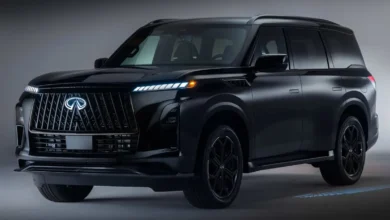
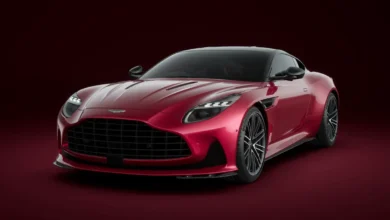
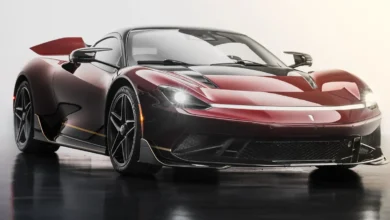
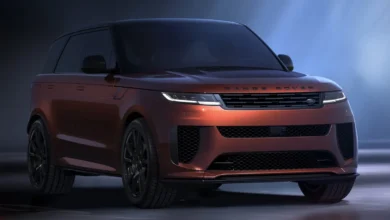
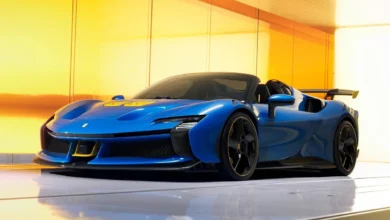

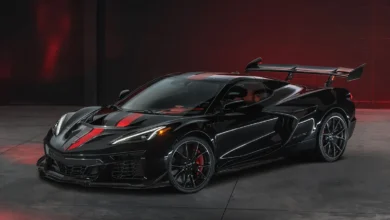
One Comment